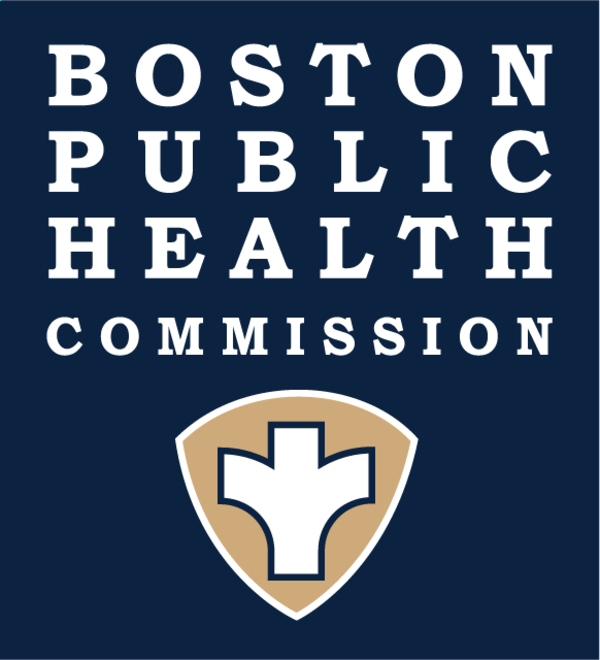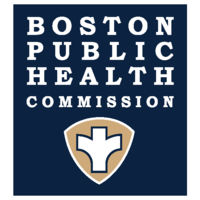Plague
This fact sheet answers frequently asked questions about Plague.
Plague is a disease caused by bacteria that live in some rodents and other small mammals. The disease can spread to people by the bite of an infected flea or by handling an infected animal. There are several different forms of plague disease.
The basics
Who gets plague?
Anyone can get plague, but it occurs most often in people who work with or visit areas with infected animals. Plague is very rare in the United States. Most recent cases have been limited to the Western and Southwestern states.
How is plague diagnosed?
Special laboratory tests can help diagnose plague. Health Care Providers take samples from swollen lymph nodes, blood, spinal fluid, or other body sites.
How is plague spread?
Plague bacteria live in certain animals, such as rodents and other small mammals. Fleas feed on these animals and become infected. The disease may spread to people if they get a bite from an infected flea. People may also get the disease through close contact with infected animals. If the disease gets into the lungs, it may spread from person-to-person by droplets released when coughing or sneezing.
Symptoms
What are the symptoms of plague?
There are three types of plague. Fever, chills, headache and rapidly progressive weakness are characteristic of all types. The most common form is bubonic plague. In this form, patients develop a swollen painful lymph node in the area where an infected flea bit the person. Pneumonic plague is uncommon, but the most serious form of the disease. Symptoms of pneumonic plague include high fever, cough with bloody or watery sputum and difficulty breathing. Septicemic plague occurs as a complication of bubonic or pneumonic plague or from flea bites or direct contact. Septicemic plague symptoms include abdominal pain, shock and bleeding into the skin and other organs.
How soon after infection do symptoms appear?
Symptoms may appear anywhere from 2-6 days after exposure.
Prevention
How can you prevent plague?
Travelers to areas where plague occurs should:
- avoid contact with rodents and fleas
- avoid handling sick, dead, or stray animals
- keep away from rodent infested places
Control rodents and fleas where the disease has occurred. People with plague and their belongings need treatment to kill all fleas. Persons with pneumonic plague should go into isolation in the hospital on airborne precautions until 48-72 hours after starting antibiotics. Treat close contacts with antibiotics and watch for any signs of illness.
Is there a vaccine for plague?
The vaccine for plague was discontinued in the United States in 1999 and is no longer available. For more information on plague, visit the Centers for Disease Control and Prevention.
Treatment
What is the treatment for plague?
Patients with suspected plague should be in isolation at the hospital. Antibiotics should begin as soon as possible once health care providers collect testing specimens.




